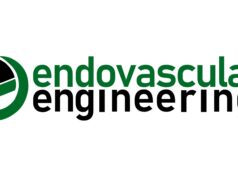 The International Society on Thrombosis and Haemostasis (ISTH) and the American Heart Association (AHA) have released a joint scientific statement identifying the top five priorities for research on venous thromboembolism (VTE); the statement has been published in the ISTH journal Research and Practice in Thrombosis and Haemostasis (RPTH) and Circulation, the flagship journal of the AHA.
The International Society on Thrombosis and Haemostasis (ISTH) and the American Heart Association (AHA) have released a joint scientific statement identifying the top five priorities for research on venous thromboembolism (VTE); the statement has been published in the ISTH journal Research and Practice in Thrombosis and Haemostasis (RPTH) and Circulation, the flagship journal of the AHA.
Developed by nine global haematology experts with survey data from 16 scientific organisations, the statement encourages multi-disciplinary approaches to solve important research barriers.
As a leading cause of death and disability, efforts to improve VTE prevention, diagnosis and management are essential to saving lives. To address the challenges in patient care, the joint statement provides a comprehensive guide to future research covering five levels of priorities. These include fundamental research, human research, patient research, practice level research, and community and population research.
Examples of identified needs include the development of better pre-clinical models, new diagnostic approaches, risk assessments and treatments, defining the long-term health of VTE patients and evaluating the impact of public awareness campaigns.
“The research priorities detailed in the statement provide a foundation for basic scientists and clinical researchers to transform medical care for patients with VTE and improve outcomes,” said the statement’s chair, Mary Cushman. “We hope that researchers, funding agencies, and the public globally will see the need for investing in solutions to address the significant public health impacts of VTE.”
To read the joint statement, “Venous thromboembolism research priorities,” click here.












